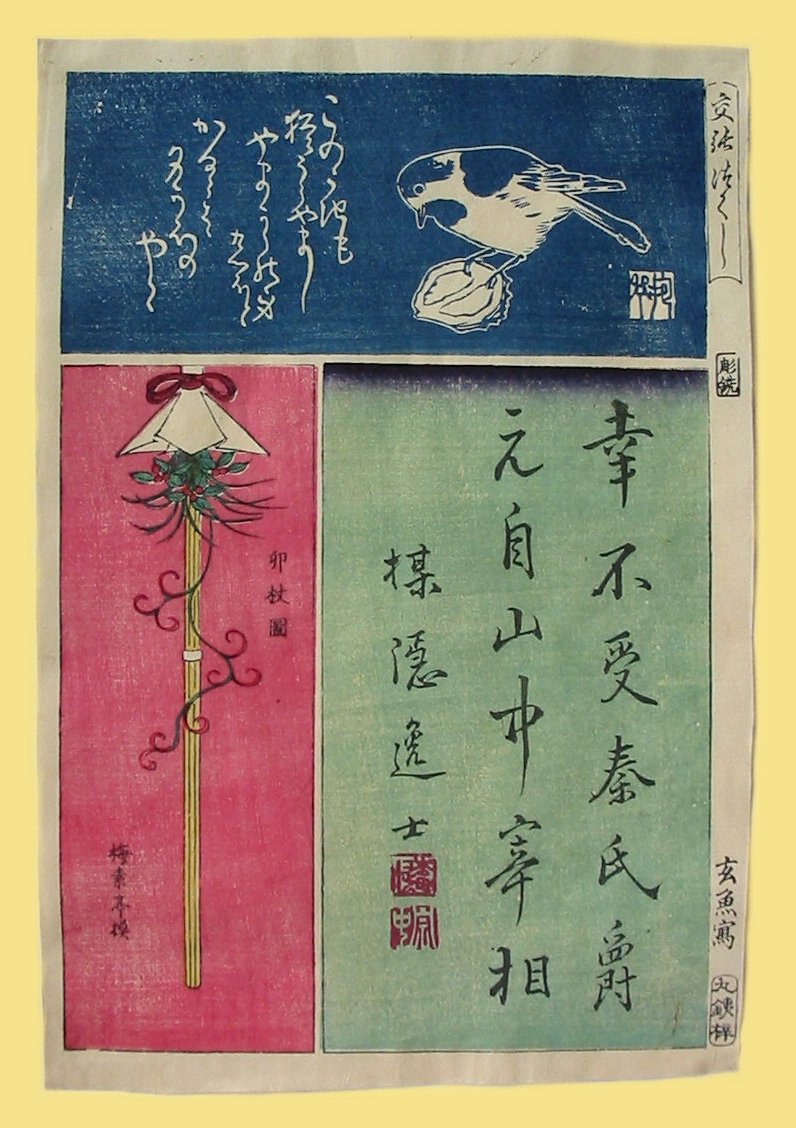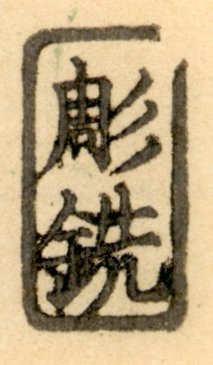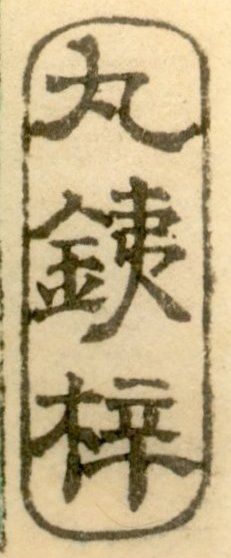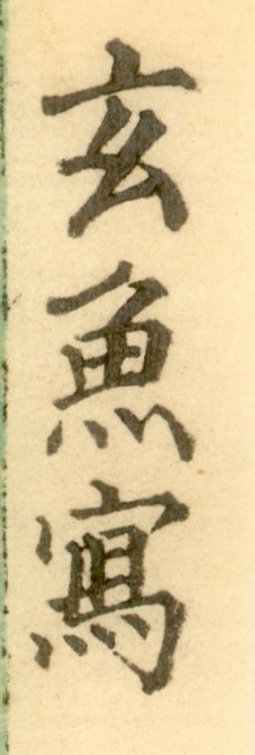
|
Ukiyo-e Prints浮世絵版画 |
| Port Townsend, Washington |
|
MIYAGI GENGYO 宮城玄魚 みやぎげんぎょ (1817-80) |
|
Print type: harimaze 張交図 はりまぜ |
|
Date: Ca. 1850 There is a very similar print by Gengyo in the Achenbach Foundation for Graphic Arts in San Francisco. It is dated from the 11th month of 1853 which puts it right in line with the approximate dating of our print which lacks censor and date seals. Although it has the mark of a different publisher that is not totally unknown for a single series of prints. To see a great reproduction of the Achenbach print go to famsf.org and do a search under Gengyo. |
|
Publisher: Maruya Tetsujirō 丸銕次郎 (?) まるやてつじろう |
| Carver: Unidentified |
|
Print Size: 14 1/2" x 9 3/4" |
|
$135.00 SOLD! |
|
|
|
|
|
|
|
|
|
|
|
|
|
|
|
CARVER'S SEAL |
|
PUBLISHER'S SEAL |
|
SIGNATURE |
|
WHY NOT WALNUTS? |
|
|
|
If by chance you happen to have a walnut fetish then the print featured on this page is absolutely meant for you. Of course, I have never heard of anyone with such an obsession, but that doesn't mean there isn't someone out there with one. I mention this because as far as I can recall representations of walnuts in Japanese prints are almost as common as a three dollar bills. They don't show up in any form whatsoever - tree, nut, shelled or unshelled. This seems rather curious to me because I had a fascination with the nuts when I was a very small child. I marveled at the external and internal structures of the shell and even at the irregular shape of the nuts themselves. But that is me. Gengyo must have had a little bit of this fascination too or he wouldn't have bothered to illustrate it.
The Japanese word for walnut is kurumi (胡桃 or くるみ). Unlike other Japanese trees, the plum, the cherry, the pine or the cryptomeria the walnut has no place in the traditional visual arts, literature or poetry. This seems even more amazing because of the Japanese love of nature. Everything else natural seems to draw attention to itself, but not the lonely walnut. It is not mentioned in Merrily Baird's Symbols of Japan and it is omitted entirely from the multivolume Encyclopedia of Japan. However, only in Mock Joya's Things Japanese (p. 52) is there the briefest reference: "Kurumi (walnut) wood is used to make the moving parts of hata or old weaving looms, as it does not crack or split." And that is all I could find.
Walnut references in the West aren't that common either. I made a search and found next to nothing. Nowhere does a walnut capture the mind the way the "spreading chestnut tree" does. Shakespeare mentions the walnut twice and Wordsworth, Whitman and Frost once each. In 1916 Edgar Lee Masters talked about "Stopping to club the walnut tree" while two years later Sandburg was throwing "clubs at the walnut trees". Curious.
I asked my friend Mike Lyon, who has made his own woodblock prints and understands the processes involved better then most people, if he had ever worked with walnut. He said he had tried to carve it but while he had found it easy to cut through most of the grain there were definitely drawbacks. In fact, in one posting he stated: "I have carved walnut. I think it sucks! It's not quite as resistant as cherry, but it has open grain more like oak than like cherry, so the knife strongly wants to follow the fiber bundles rather than slice through them, and cutting across the grain, resistance is very strong through the closed portions of the grain, and then disappears in the open fiber bundles... It's an exercise in frustration and lack of control. Save your time and your sanity and save the walnut for furniture where it is so beautiful." I think that pretty well sums it up. |
|
|




 HOME
HOME